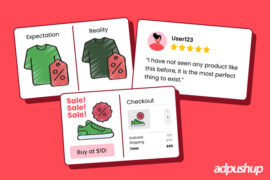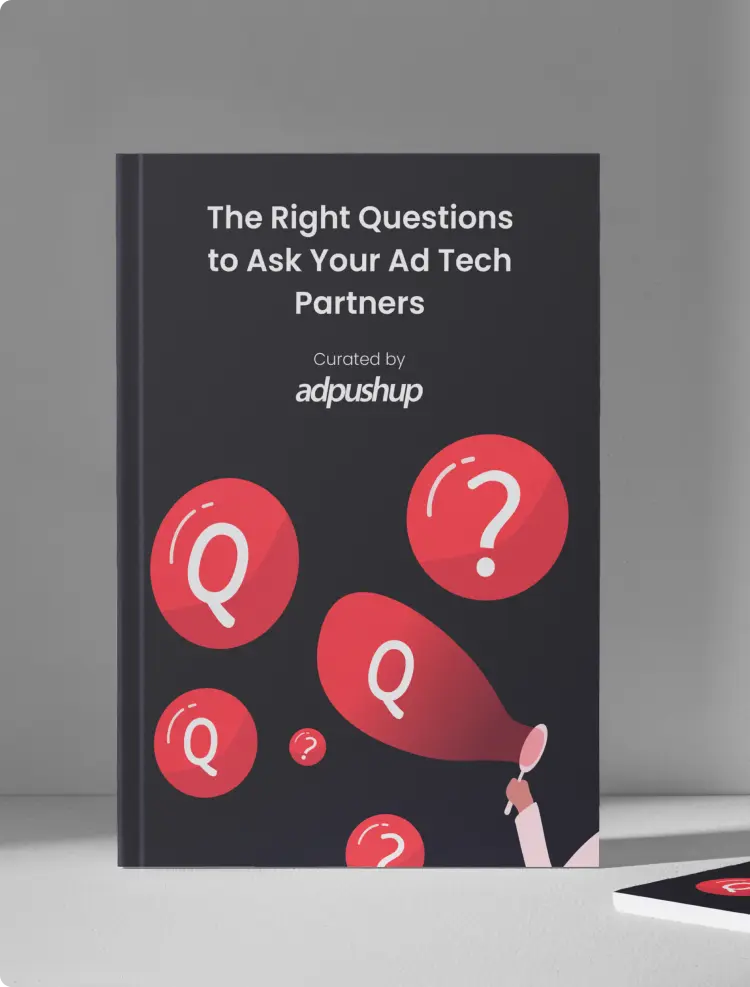
What are some common header bidding mistakes? Which is worse—ad blocking or tracking prevention? What should publishers focus on? We ask Kara from GumGum.
GumGum is an artificial intelligence company with a focus on computer vision. Their mission is to solve hard problems across a variety of industries (including ad tech) by teaching machines to see and understand the world.
Kara oversees DSP relationships at GumGum, including day-to-day management and technical troubleshooting, and manages third-party verification vendors. Working closely with both product and engineering teams, Kara also ensures that GumGum is up-to-date with industry standards and specs. Finally, she also manages the programmatic business development team and the programmatic solutions team, who help clients successfully run GumGum campaigns within various DSPs.
We reached out to her to ask a few questions on header bidding, ad blocking, and contextual targeting in advertising for the benefit of publishers currently working on or considering these issues. Here’s what she had to say.
What are some common header bidding implementation mistakes?
There are many implementation options in header bidding, which means there are many opportunities for costly mistakes. Consider, for example, server-side header bidding, which has become increasingly popular thanks largely to the fact that it provides reduced page load times and facilitates an infinite number of demand partners. But server-side implementation also has the potential to limit user syncing—leading to decreased revenues. When header bidding problems do arise, the troubleshooting process can be quite complicated, requiring support from the publisher, the tech provider, and, many times, the demand partner(s).
Client-side and S2S have their pros and cons, what do you usually recommend?
Each publisher has different needs, so our recommendations are case-by-case. More often than not, however, we recommend server-to-server to reduce latency concerns, which are the big negative associated with client-side. While server-to-server is not perfect (i.e it has reduced user syncing and lower match rates), cookie-related issues aren’t a big concern for us because we’re so contextual targeting focused.
Which is a bigger threat—ad blocking or tracking prevention? Why?
Ad Blocking is the bigger threat by far. Due to the rapid proliferation of user privacy regulations and browser protocols, marketers have already started to pivot toward forms of targeting that don’t rely on information about individual users. In fact, advanced contextual technologies allow marketers to reach the same users they were reaching with tracked data, so, when all is said and done, I don’t think the loss of that data is going to be a major blow. On the other hand, ad blocking prevents marketers from reaching users all together. It’s a much bigger challenge to gain a user back once you’re blocked than it is to find a new path to the user.
What can publishers do to make their inventory more valuable for contextual targeting?
First of all, publishers should work with brand safety partners who deliver context classification based both on images and text at the page level, not just the URL level. Serving on content that is truly brand safe will protect brands from negative contextual mishaps that could cause a marketer to target away from the publisher’s inventory—or, worse, blacklist it altogether. So just make sure to ask your brand safety provider whether they are monitoring your text and metadata alone, or whether they’re looking out for imagery or video content that could be deemed unsafe.
What strategic advice do you have for publishers going into Q4 and beyond?
Open yourself up to new possibilities and look beyond traditional ways of monetizing. Seek ways to enhance your revenue and make yourself more attractive to buyers in the current ecosystem by implementing inventory-wide brand safety technology integration. Find demand partners who are monetizing beyond a specific user mapping. And, finally, find un-monetized placements on your pages that are outside of the standard display box.
5 Questions With is an interview series in which we ask industry leaders on both the buy- and sell-side about the ongoing issues in the ad tech industry.
FAQs
Header bidding is an advanced programmatic advertising technique that is an alternative to Google’s “waterfall” method. Publishers can simultaneously offer ad space to numerous SSPs or Ad Exchanges using header bidding, also known as advance bidding or pre-bidding.
A header bidding model creates simultaneous competition for your available ad space or inventory. Publishers can compare all bids in an auction format to select a winning bid, resulting in an informed decision that will likely result in higher revenue.
A Header Bidding technique is a programmatic technique that works with javascript code that is placed in the header of the page. By connecting to its supply-side platforms for bids before the ad server is called, it begins loading as soon as the webpage loads.

Shubham is a digital marketer with rich experience working in the advertisement technology industry. He has vast experience in the programmatic industry, driving business strategy and scaling functions including but not limited to growth and marketing, Operations, process optimization, and Sales.










